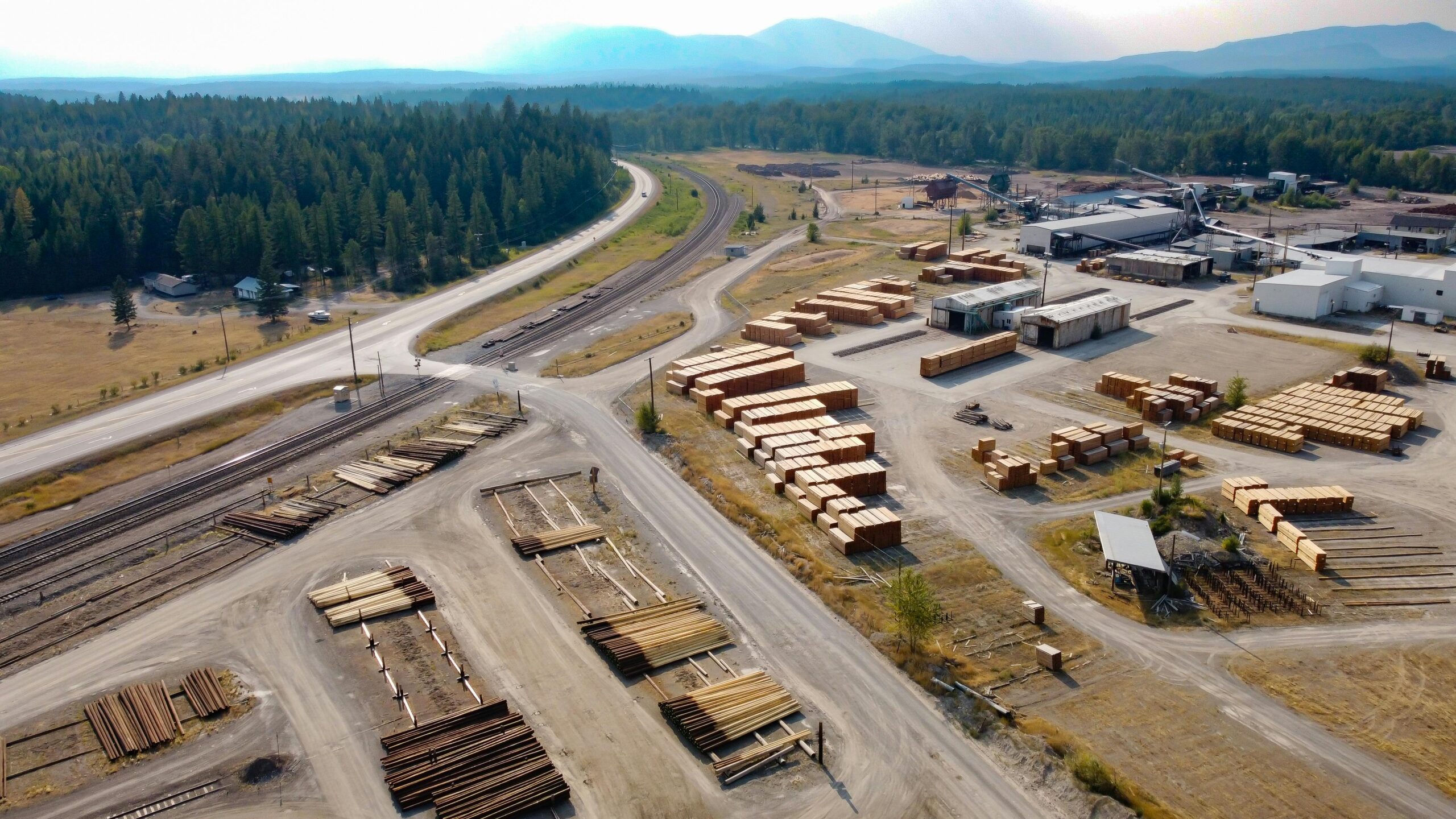Table of Contents
- A Deep Dive into the Latest IRCC Inventory and Backlog FiguresPermanent Residence Pathways: A Challenging Wait for Aspiring CanadiansThe Temporary Residence Conundrum: Study Permits, Work Permits, and Visitor Visas Under PressureThe Final Hurdle: Unpacking the Canadian Citizenship BacklogIRCC’s Strategic Response to the Application SurgeFrequently Asked Questions
For anyone navigating the Canadian immigration system, understanding the current state of application processing is crucial. The latest data from Immigration, Refugees and Citizenship Canada (IRCC) paints a complex picture of progress and persistent challenges. As of late 2023, the total inventory of applications across all streams hovers near a staggering 2.2 million. While this number is daunting, a closer look reveals important nuances in the IRCC backlog, particularly the distinction between the total application ‘inventory’ and the ‘backlog’ of files that have exceeded standard processing times. This comprehensive analysis breaks down the latest figures, offering clarity on what to expect for permanent residence, temporary residence (including study and work permits), and citizenship applications, and explores the measures IRCC is implementing to manage this immense volume.
A Deep Dive into the Latest IRCC Inventory and Backlog Figures
Understanding the distinction between ‘inventory’ and ‘backlog’ is fundamental to interpreting IRCC’s processing landscape. The ‘inventory’ refers to the total number of applications currently in the system awaiting a decision. As of August 31, 2023, this figure stood at approximately 2,248,000. This represents a slight increase from the previous month, indicating that the volume of incoming applications continues to be robust. However, the more critical metric for applicants is the ‘backlog,’ which consists of applications that have not been processed within IRCC’s established service standards. The latest data shows that the backlog has decreased to 889,000 applications, or about 40% of the total inventory. This is a positive development, down from 42% in the prior month, suggesting that IRCC’s efforts to streamline processing are having a tangible impact. Despite this progress, a 40% backlog rate means that a significant number of individuals are still facing prolonged waits, creating uncertainty and anxiety for families, students, and workers aiming to build their futures in Canada. This data underscores the immense operational challenge IRCC faces in balancing high application intake with its processing capacity.
Permanent Residence Pathways: A Challenging Wait for Aspiring Canadians
The dream of becoming a permanent resident in Canada remains a significant goal for hundreds of thousands of people globally, but the path is currently fraught with delays. The permanent residence (PR) inventory contains around 779,000 applications, with approximately 281,000 of those (36%) considered part of the backlog. This affects a wide range of immigration streams. Federal High Skilled programs, including the Canadian Experience Class (CEC), Federal Skilled Worker Program (FSWP), and Federal Skilled Trades Program (FSTP), which are managed through the Express Entry system, collectively have an inventory of over 50,000 applications. The Provincial Nominee Programs (PNPs) show a larger inventory of nearly 65,000. Family sponsorship applicants are also feeling the strain, with spouses, partners, and children applications totaling over 61,000. These figures highlight the immense pressure on economic and family-class immigration streams, which are vital for Canada’s demographic and economic growth. For applicants, these numbers translate into longer, often unpredictable, waiting periods that can impact life plans, career moves, and family reunification efforts.
Key Takeaways: Permanent Residence Inventory
- Total PR Inventory: Approximately 779,000 applications are in the queue.Backlogged PR Applications: 281,000 applications (36%) have surpassed standard processing times.Express Entry Streams: Over 50,000 applications are pending across FSWP, CEC, and FSTP.Provincial Nominee Programs (PNP): The inventory stands at nearly 65,000 applications.Family Sponsorship: Spousal and child sponsorship applications exceed 61,000.
The Temporary Residence Conundrum: Study Permits, Work Permits, and Visitor Visas Under Pressure
Temporary residence applications represent the largest portion of IRCC’s inventory, with a massive 1,120,000 files currently in processing. Of these, 461,000 (41%) are in the backlog, exceeding service standards. This category is critical for Canada’s economy and educational institutions, encompassing study permits, work permits, and visitor visas. The demand for study permits remains exceptionally high, with an inventory of over 156,000 applications. These delays can have serious consequences for international students, potentially causing them to miss semester start dates and disrupt their academic plans. Similarly, the work permit inventory, standing at over 113,000 applications, creates significant challenges for Canadian employers seeking to fill labor shortages and for foreign workers waiting to begin their jobs. Visitor visa applications also face substantial queues. The persistent backlog in temporary residence streams not only impacts individuals but also has broader economic implications, affecting tourism, education sectors, and the labor market. The high volume demonstrates Canada’s continued appeal as a destination for work, study, and travel, but also the urgent need for enhanced processing efficiency to meet this demand.
The Final Hurdle: Unpacking the Canadian Citizenship Backlog
For many permanent residents, obtaining Canadian citizenship is the final and most meaningful step in their immigration journey. However, this final stage is also experiencing significant delays. The current citizenship inventory stands at 349,000 applications, with a backlog of 147,000, meaning 42% of applicants are waiting longer than the expected service standard. This backlog can be a source of frustration for long-term residents who have already established their lives, paid taxes, and contributed to Canadian society. The wait for citizenship can delay their ability to vote, obtain a Canadian passport, and fully participate in civic life. While IRCC has made efforts to modernize the citizenship process, such as introducing online testing and virtual ceremonies during the pandemic, the high volume of applications continues to outpace processing capacity. The persistent backlog in citizenship applications highlights the need for continued investment in resources and technology to ensure that deserving permanent residents can become Canadian citizens in a timely and efficient manner, solidifying their commitment and integration into the country.
IRCC’s Strategic Response to the Application Surge
In response to the immense application inventory and resulting backlog, IRCC has publicly committed to a multi-faceted strategy aimed at improving processing times and enhancing system efficiency. A core component of this strategy has been a significant increase in staffing, with the department hiring more processing officers to handle the caseload. Alongside human resources, IRCC is making substantial investments in technology. This includes leveraging advanced analytics, automating certain routine tasks to free up officers for more complex files, and transitioning more application streams to digital platforms. The goal is to create a more streamlined, user-friendly, and faster immigration system. Furthermore, IRCC has been adapting its policies to be more responsive to Canada’s needs. A prime example is the recent introduction of category-based selection draws for Express Entry, which allows the department to target candidates with specific skills, such as healthcare or trades experience, or French language proficiency. These initiatives demonstrate a proactive approach to managing the backlog, though their full impact will take time to materialize across all immigration streams. The ongoing challenge will be to sustain this momentum and continue innovating to meet the ever-growing global demand for Canadian immigration.
Frequently Asked Questions
What is the difference between IRCC’s ‘inventory’ and ‘backlog’?
The ‘inventory’ is the total number of applications IRCC has received and are currently waiting for a decision. The ‘backlog’ is a subset of that inventory, specifically counting the applications that have not been processed within IRCC’s official service standards for that particular immigration stream.
How many applications are currently in IRCC’s total inventory?
As of the latest data from late 2023, IRCC’s total inventory across all immigration, citizenship, and temporary residence streams is approximately 2.2 million applications.
Which immigration category has the largest number of applications in process?
Temporary residence applications, which include study permits, work permits, and visitor visas, make up the largest portion of the inventory, with over 1.1 million applications currently in the system.
What steps is IRCC taking to reduce the application backlog?
IRCC is implementing several key strategies, including hiring additional processing staff, investing in new technologies to automate and digitize the application process, and introducing policy changes like category-based Express Entry draws to better target Canada’s needs.
Talk to us to find out more. ->
The content above is not intended to provide legal advice or opinions of any kind and may not be used for professional or commercial purposes.







